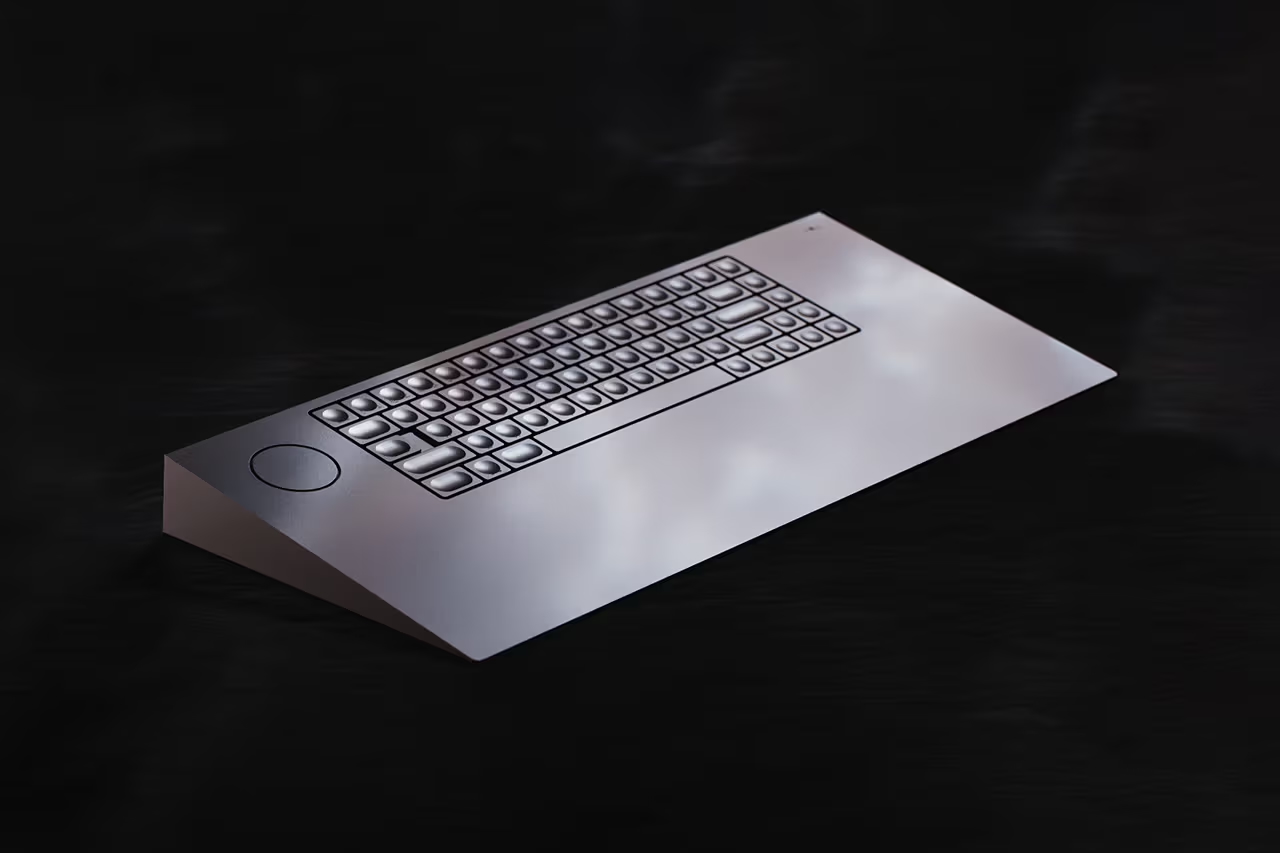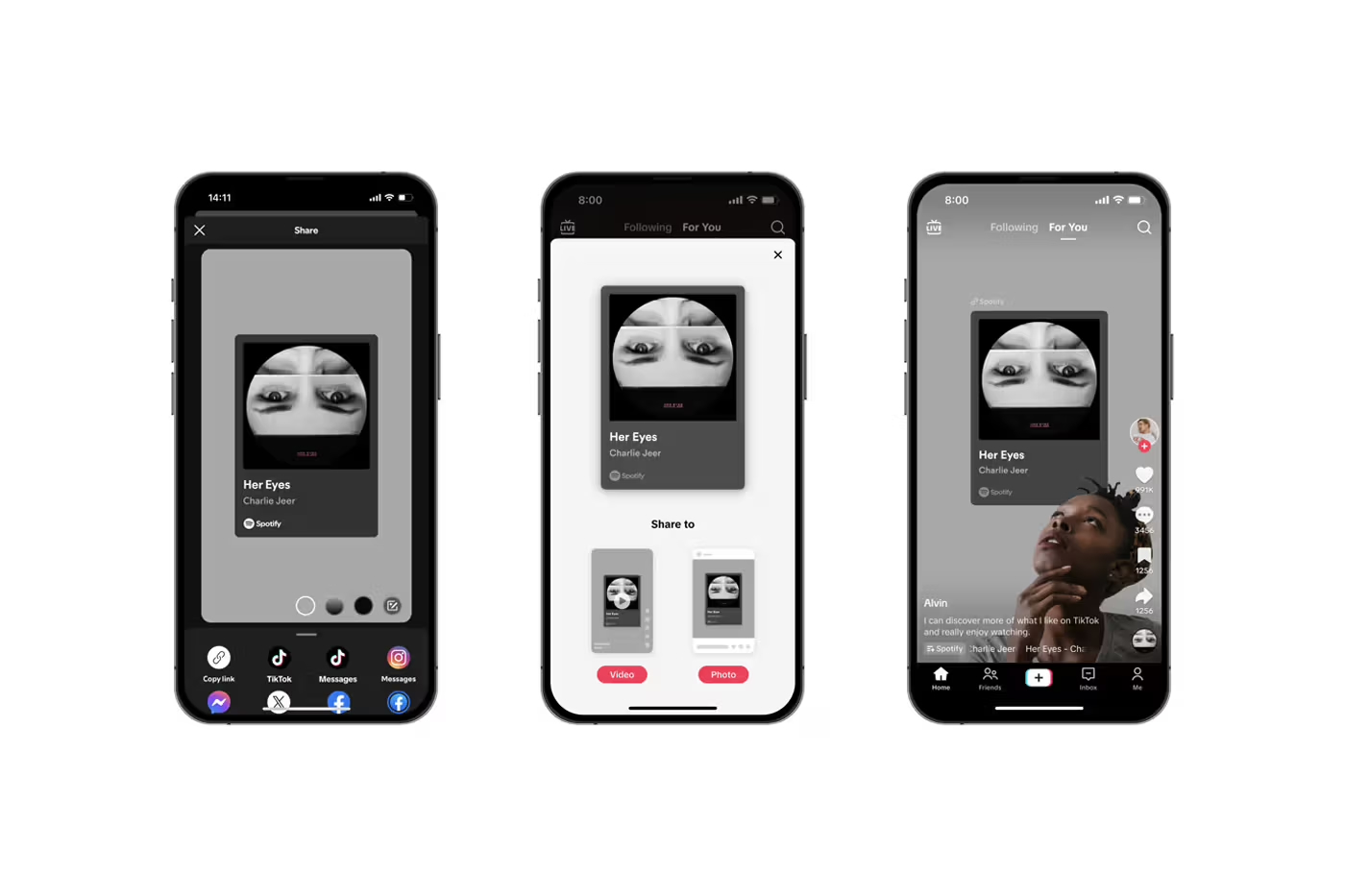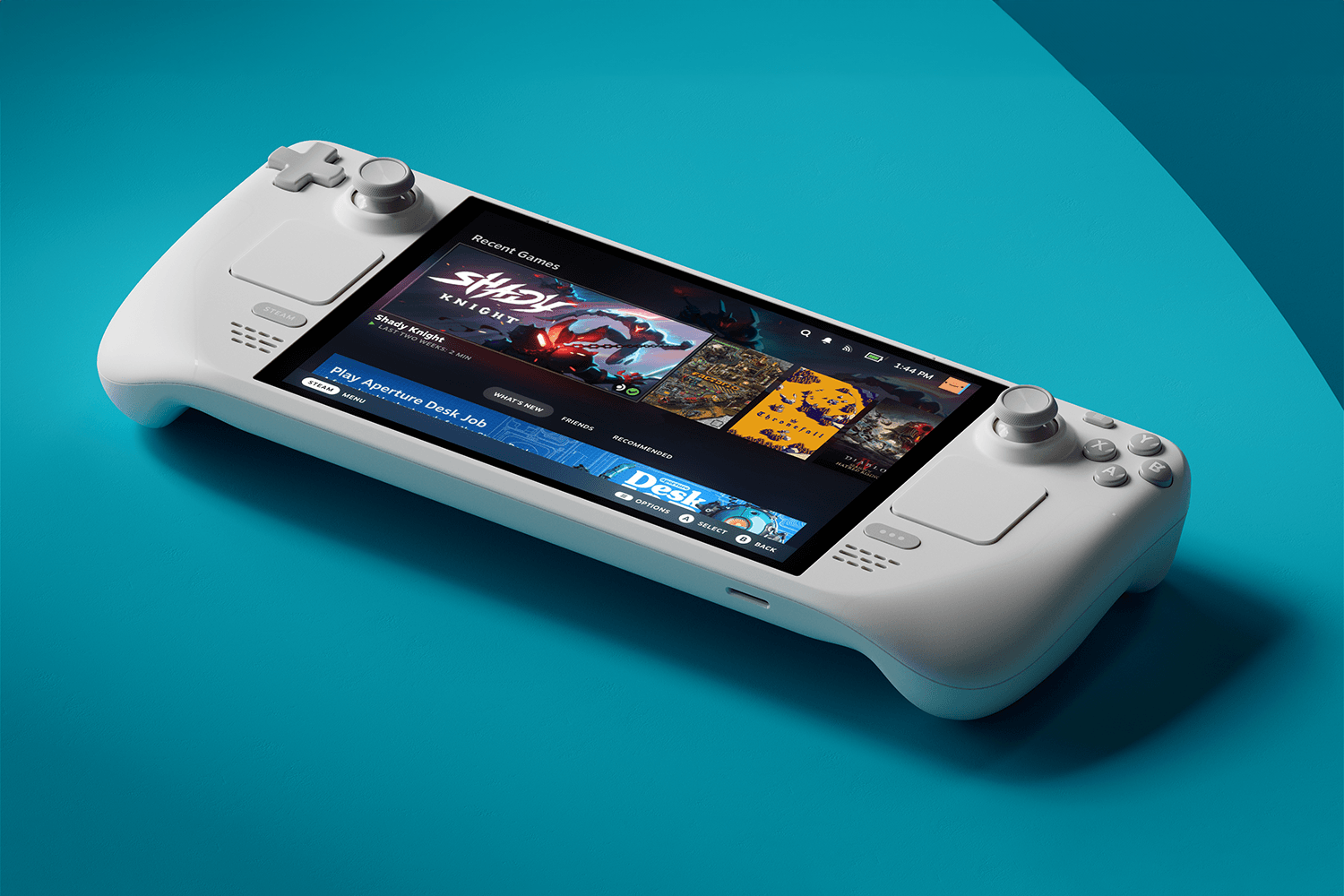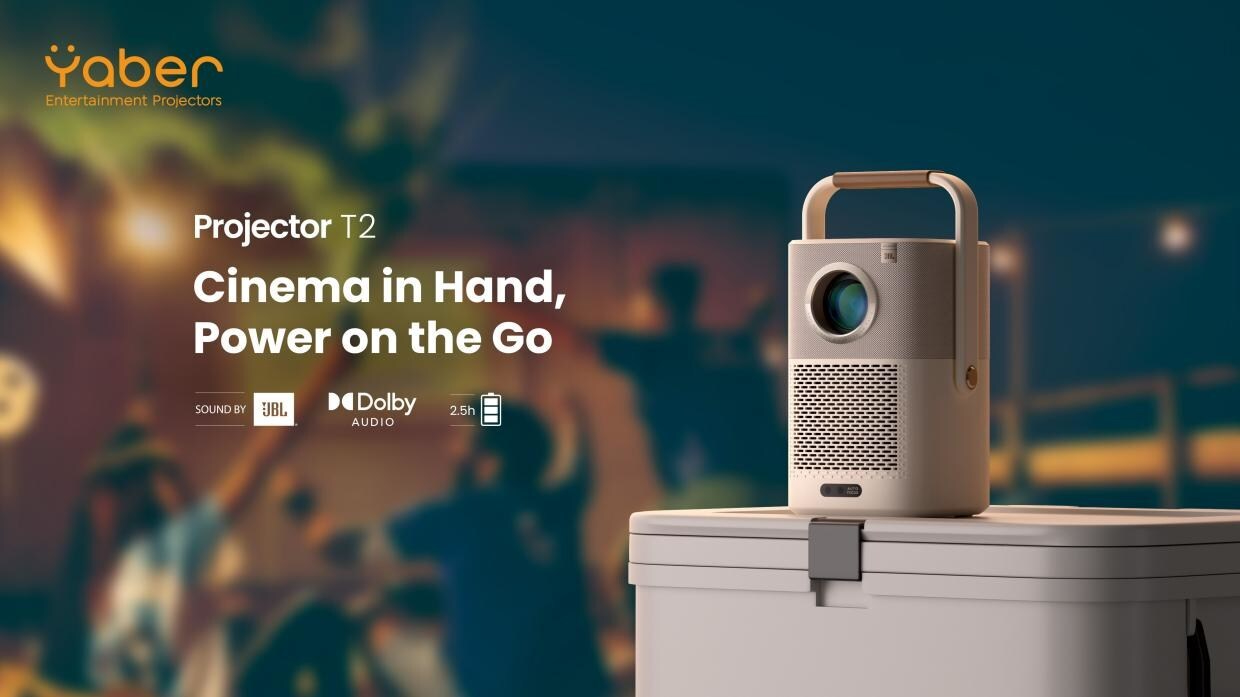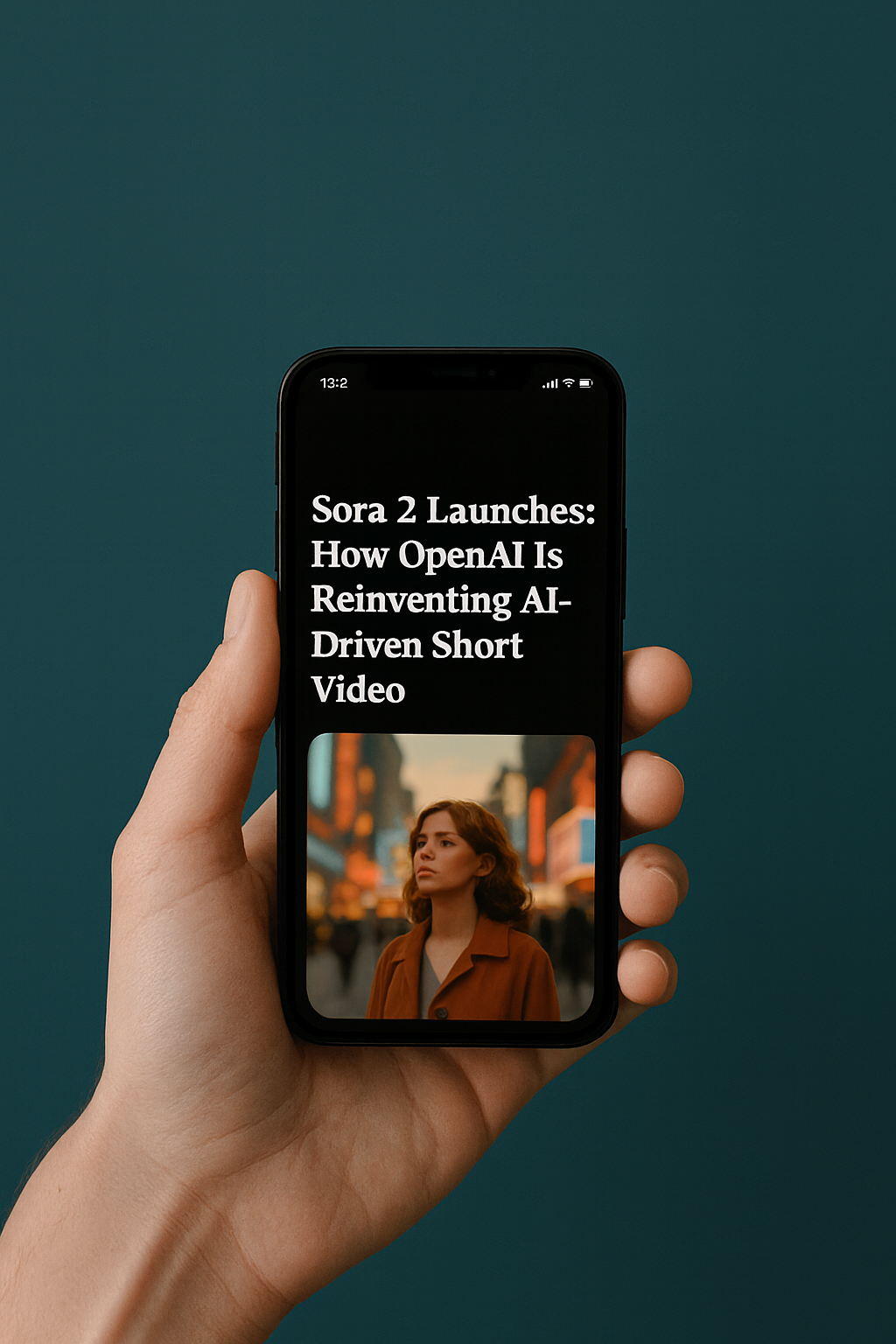
Sora 2 Launches: How OpenAI Is Reinventing AI-Driven Short Video
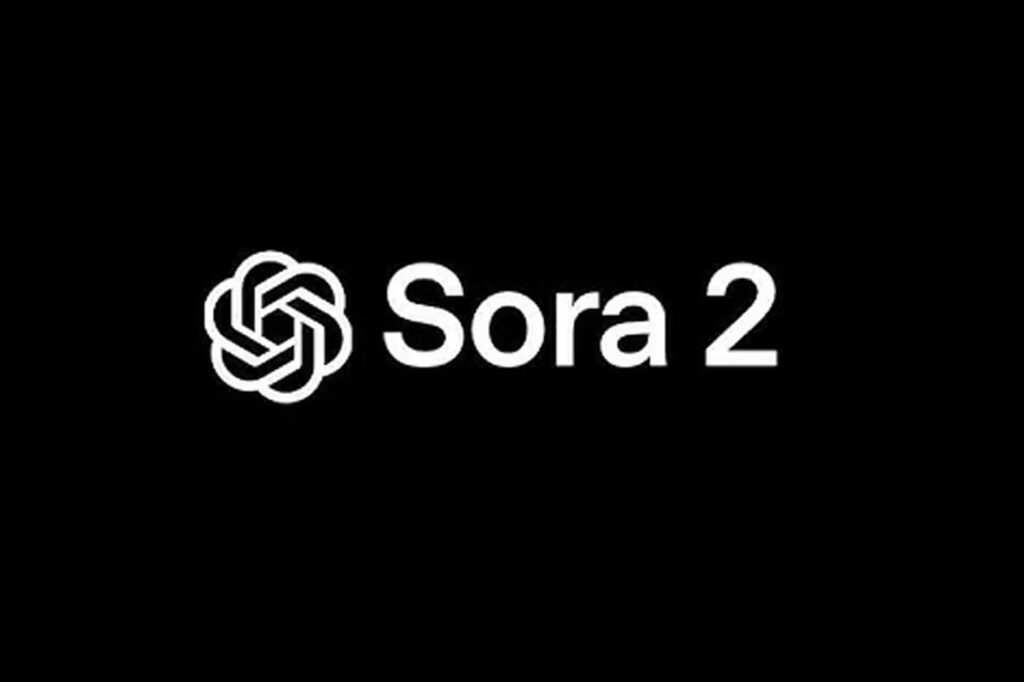
By Brian Neal
OpenAI has never shied away from bold moves, but its latest launch may be its most culture-shaping yet. Enter Sora 2, a next-generation AI video model wrapped inside a brand-new social app. Imagine TikTok, but every single clip you scroll through was generated by artificial intelligence. No cameras. No editing suites. Just text prompts, imagination, and OpenAI’s algorithm at the helm. The result is a platform where storytelling is rewritten—literally—line by line.
At first glance, the Sora app looks like any other social platform: vertical videos, an endless feed, and remix buttons for collaboration. The twist is that everything you see is AI-made. Want to create a neon-lit Tokyo street where your best friend appears as a cyber-samurai? Type it in, hit generate, and Sora 2 builds the video, the sound, even the dialogue. For those who want to take things further, there’s Cameos. By recording a short clip, users can give the AI their likeness—voice, gestures, expressions—so it can drop them into any generated scene. You might star in a futuristic battle one moment and a rom-com meet-cute the next. It’s fun, strange, and undeniably powerful, but OpenAI stresses it is strictly opt-in.
The cultural stakes are high. Platforms like TikTok and Instagram thrive on user-generated clips, but Sora flips the script: the user becomes more director than performer, and reality is replaced by conjured imagination. This opens up new creative frontiers. Independent filmmakers can storyboard without a set, brands can spin up commercials in minutes, and casual users can remix each other’s creations into surreal, viral mash-ups. At the same time, it raises a question—will people embrace a feed filled only with synthetic videos, or will they crave the imperfections of human-made content?
Reception has been electric and divisive in equal measure. Within days of launch, the Sora app climbed to the top of Apple’s free app charts, even while remaining invite-only. Social media buzzed with clips that blurred the line between dream and parody. But backlash followed quickly. Rights holders have pushed back against OpenAI’s controversial “opt-out” copyright policy, which allows works to be used unless creators exclude them, and critics warn it could spark legal battles. Meanwhile, troubling reports surfaced of violent, racist, or misleading videos appearing in the feed, showing that even with guardrails, generative media remains unpredictable.
OpenAI has ambitious plans to expand. An Android release, a global rollout, and an API for developers are all in motion, but the bigger challenge may not be technical at all. It’s cultural. Can Sora 2 become a playground for creativity without becoming a factory for deepfakes and misinformation? Can it empower young voices while protecting them from bias and toxic content? The answers will determine whether Sora is remembered as a revolution or a cautionary tale.
For now, what’s clear is that the line between real and synthetic video has blurred beyond recognition. Sora 2 doesn’t just ask us to watch—it asks us to rethink what entertainment, authorship, and digital identity mean in an AI-driven era. If TikTok taught us how fast culture moves, Sora might prove how fast it can be invented.


